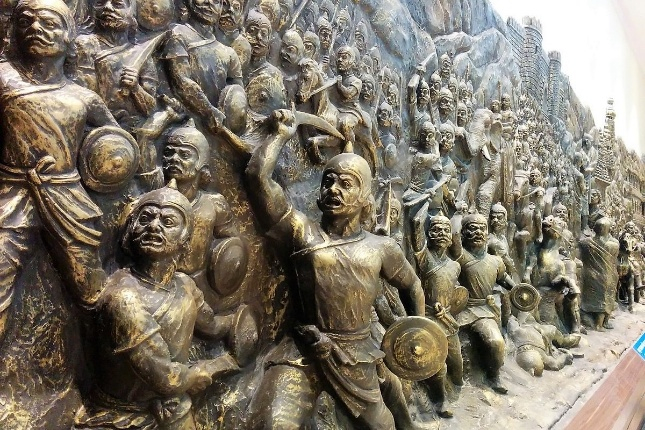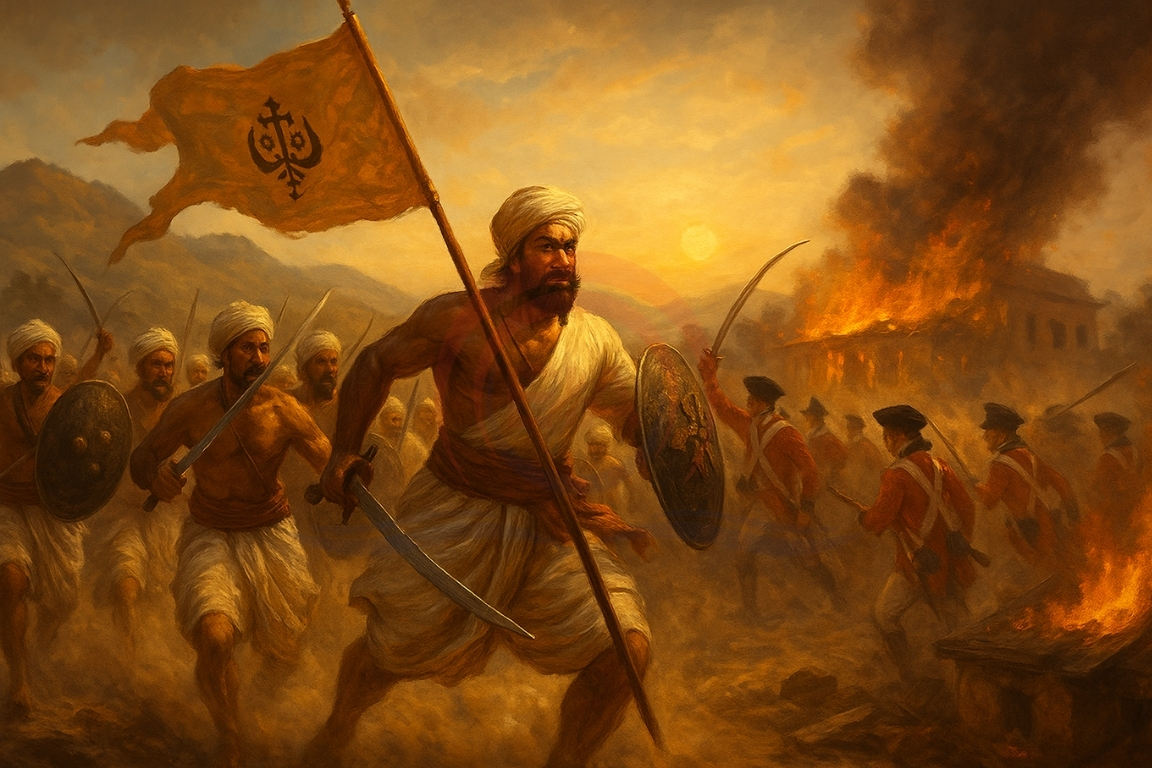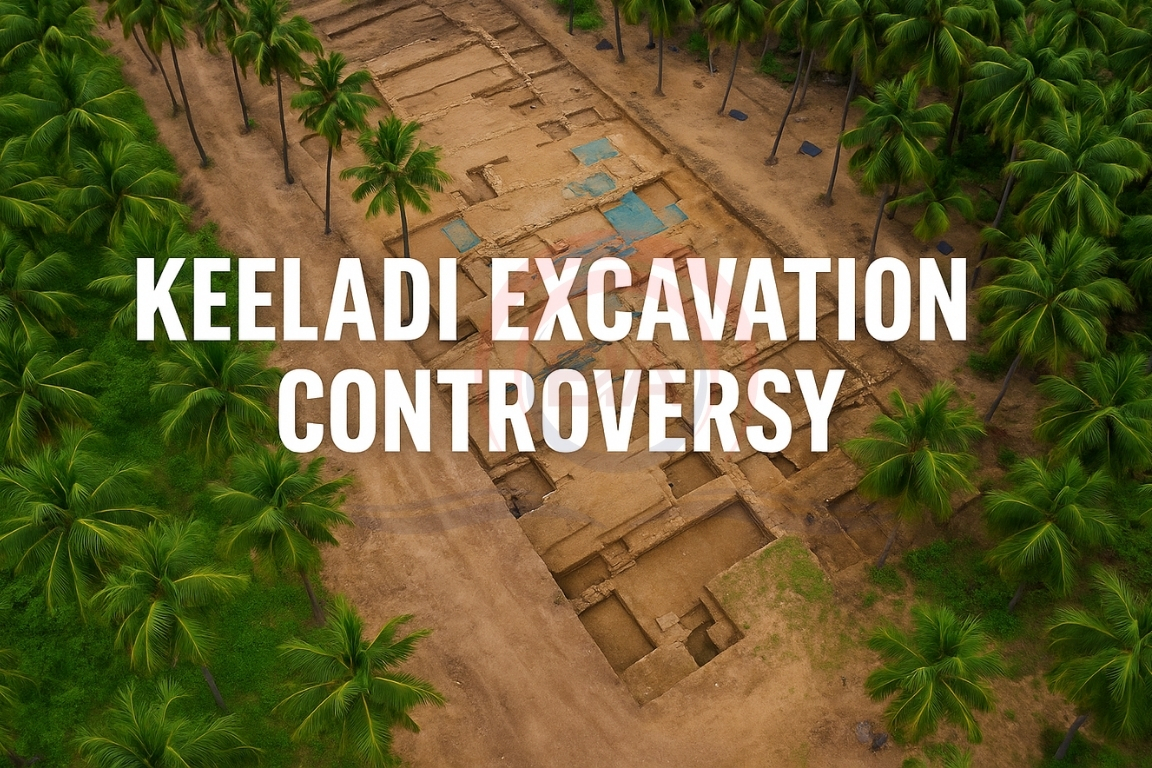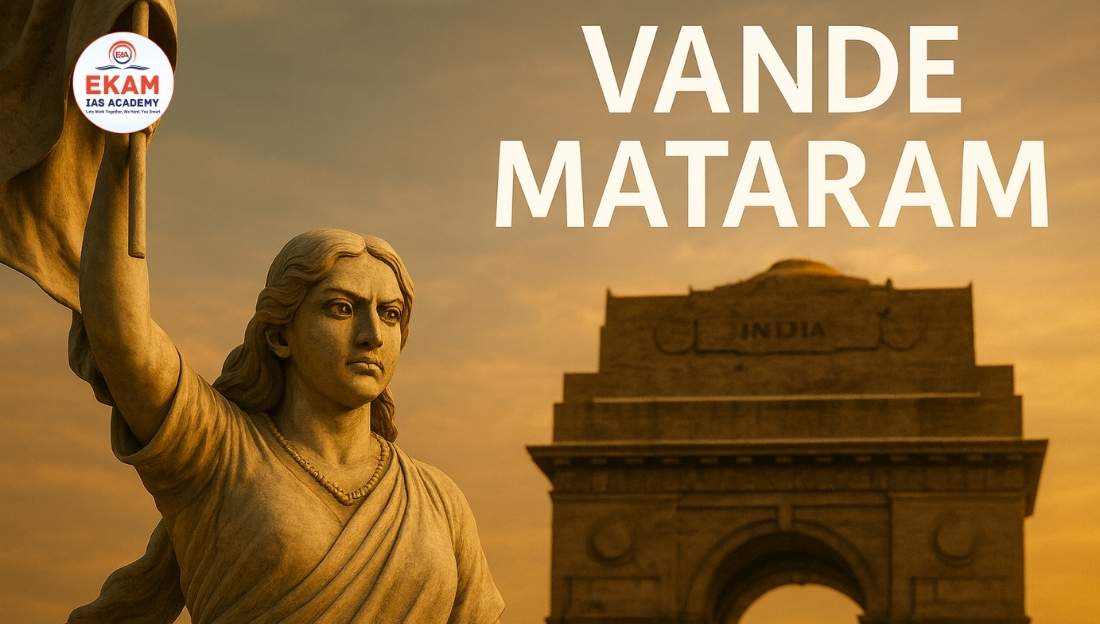Former Odisha Chief Minister Naveen Patnaik expressed disappointment over the exclusion of the 1817 Paika Rebellion from the newly revised NCERT Class 8 history textbook. NCERT clarified that the topic will be covered in the second volume.
About the Paikas
- The Paikas were traditional foot soldiers of Odisha, recruited during the Gajapati rule (16th century).
- In return for military service, they were granted tax-free land known as nish-kar jagirs, which they farmed in times of peace.
Background of the Rebellion
- In 1803, the British took control of Odisha after a peaceful march led by Colonel Harcourt.
- Although an agreement was made with King Mukund Dev II, the British only partially fulfilled their promises.
- British land revenue reforms, currency changes, and control over salt trade led to major hardships for locals, especially the Paikas who lost their lands.
The 1817 Uprising
- The Paika Rebellion was led by Bakshi Jagabandhu, the military chief of the Khurda king.
- The rebellion saw participation from Kondh tribal groups.
- Rebels attacked British offices, officials, and government buildings in a strong act of resistance.

Suppression and Outcome
- The British brutally suppressed the revolt.
- Jagabandhu surrendered in 1825, after years of resistance.
- Although the rebellion failed, it sparked future uprisings and is a symbol of Odia nationalism.
Modern-Day Recognition
- 2017: PM Modi honoured over 200 descendants of Paika fighters.
- 2019: President Kovind laid the foundation stone for a Paika Memorial at Barunei.
- 2023: Odisha’s CM announced the establishment of Paika Academy and Memorial in Khurda.
Conclusion:
The Paika Rebellion remains a powerful reminder of early Indian resistance against British rule. Its exclusion from textbooks has reignited debate about inclusive representation in history education.





